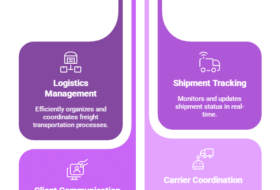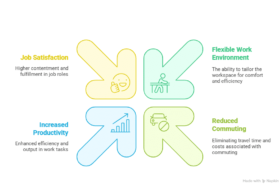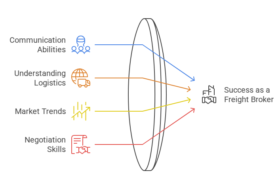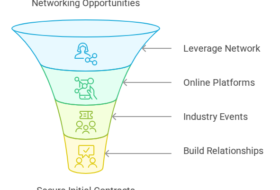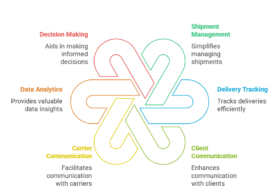The United States has been a world important oil producer in the past years with the help of its shale oil production growth.
The U.S. Energy Information Administration’s (EIA) February 2021 Short-Term Energy Outlook (STEO) estimates that 2020 marked the first year that the United States exported more petroleum than it imported on an annual basis. However, largely because of declines in domestic crude oil production and corresponding increases in crude oil imports, EIA expects the United States to return to being a net petroleum importer on an annual basis in both 2021 and 2022.
EIA expects that increasing crude oil imports will drive the growth in net petroleum imports in 2021 and 2022 and more than offset changes in refined product net trade.
EIA expects the rising price of crude oil, which started in the fourth quarter of 2020, will contribute to more U.S. crude oil production later this year.
EIA forecasts monthly domestic crude oil production will reach 11.3 million b/d by the end of 2021 and 11.9 million b/d by the end of 2022. These values are increases from the most recent monthly average of 11.1 million b/d in November 2020 (based on data in EIA’s Petroleum Supply Monthly) but still lower than the previous peak of 12.9 million b/d in November 2019.
Growth + Change = Opportunity! How are you going to capitalize on the opportunity as a freight broker, agent or dispatcher?
Check out our courses for becoming a Freight Broker, Agent or Freight Dispatcher! As always reach out to us with any questions we are here to help 7 days a week!




